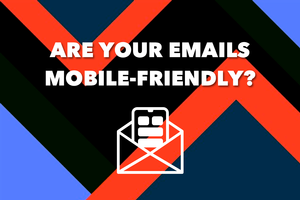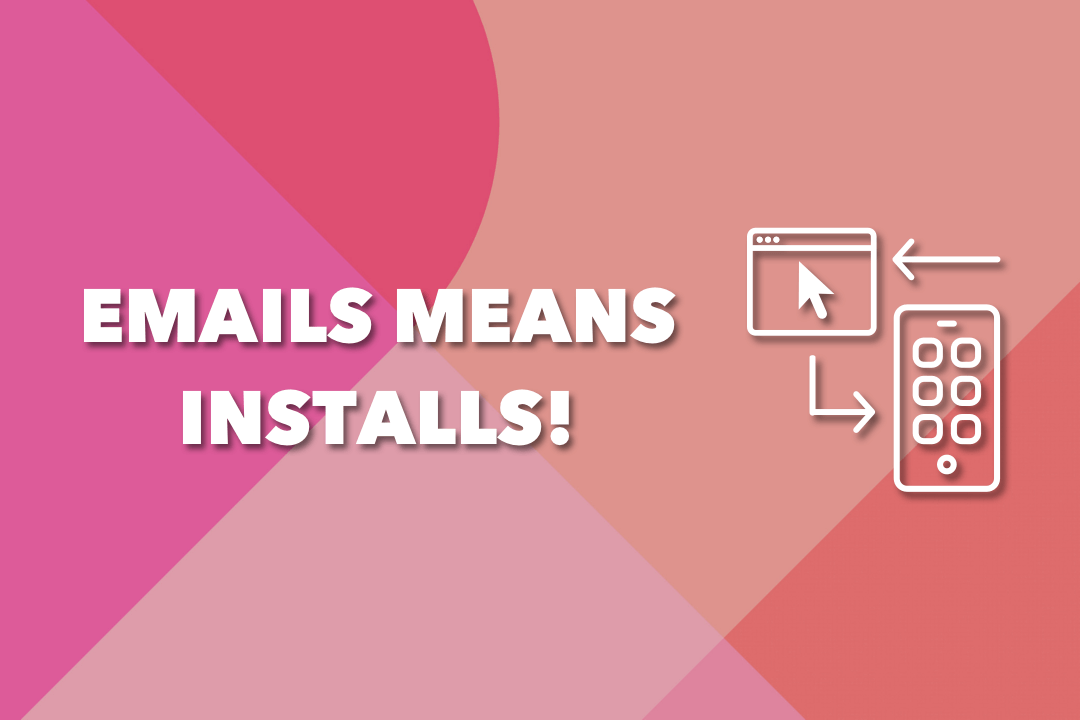
Despite our efforts to limit our phone usage, we are more connected to our phones than ever. If you're like most people in the UK, you probably just checked your phone a few minutes ago. UK adults check their phones every 12minutes on average and spend four hours and two minutes per day online on their smartphones. That's a lot. But why exactly are people on their phones so much?
Ofcom's Online Nation report reveals that the pandemic caused a massive shift in online shopping. As high-street stores closed, online sales increased by48% to nearly £113 billion in 2020 Hence, it's no surprise that mobile apps account for more than a third of all time spent online in the UK.
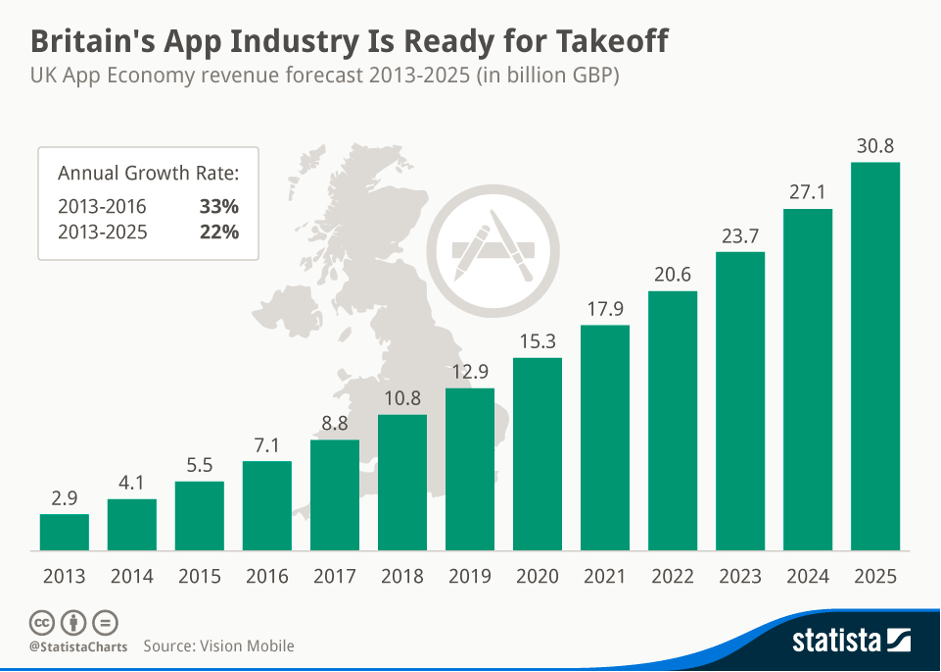
If you have a Shopify store with a mobile App, this trend should bode well for you. After all, as more people seek out and discover new mobile Apps, you can expect increased brand awareness and visibility.
To get the most out of this trend, you'll need to devote some time and effort to increasing App downloads. One of the most effective ways to increase mobile app downloads is to direct traffic from your website to your mobile App.
How to Drive Website Traffic to Your App
Google asked its customers in October 2016 how they discover, use, and stay engaged with Apps. Almost half of all consumers search for and find Apps in the Shopify App Store.
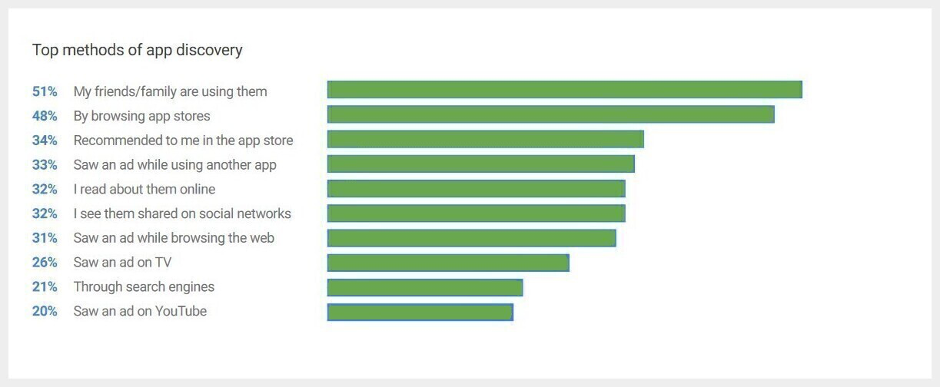
That's great, but what about the rest of those customers? Where are they finding you if not in the App Store, where they can instantly download the App? And how can you ensure that traffic is converted into App users, especially if they are not near the device they will use to access the App?
This post will look at various ways to redirect web visitors and effectively convert web traffic into mobile app downloads.
6 Effective Ways to Convert Your Shopify Website Traffic into Mobile App Download
1.Link to the App from your website
This one is self-evident and a no-brainer. You should link to the App Store from your website if you aren't already. Sure, there are no guarantees that the links will convert desktop traffic to mobile App users, but here are three reasons why you should include the links anyway:
● They're so simple to implement.
● If you're talking about your App on your website (which you are, aren't you?) users, expect to be able to click a link to your App.
● They are effective at converting users who have visited your site and read about your App.

2. Feature the App in an official blog
Aside from including your App on your website, you can link to it from your regularly scheduled blog posts. You can do this by writing an article entirely about your App or including an appealing call to action at the end of each blog post inviting your readers to download the App.
When writing a blog post solely about the App, tell a complete story about it and explain its purpose to your target audience. Tell them how this App can help them and make their lives easier. We recommend including links to your App, screenshots, and videos to help readers understand.
3. Use retargeting ads
Warm leads are always easier to convert than cold leads, which is why retargeting is so effective. Use this strategy to convert those who have expressed an interest in your App – for example, they have visited the App page of your website or have had information sent to them via email – but have not taken the next step and downloaded it.
Next, we will discuss the two most popular platforms for running retargeting campaigns: Facebook and Google Adwords. You can either advertise directly on these platforms or through a third-party service.
How to set up Facebook Retargeting
Using Facebook ads, you can retarget by uploading a custom audience of email addresses that you have collected. You can also add a pixel to your site that tracks and re-markets to people who have visited your site.
Here is a set up guide to getting started with Facebook retargeting:
1. The initial step is to go to your ad set's audience section and click "Create New," then select "Custom Audience."
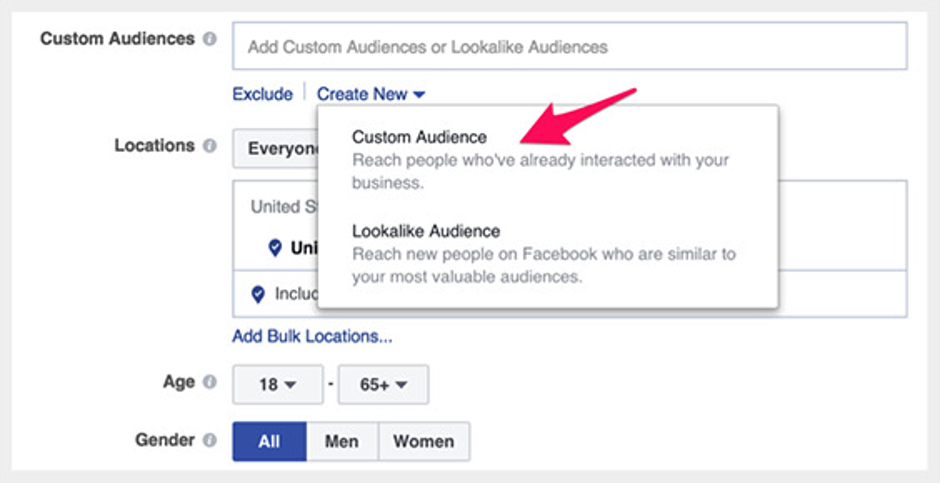
2. Choose either "Customer File" (for adding customers' email addresses) or "Website Traffic" from this menu (for retargeting people who have visited your site).
3. If you want to retarget website traffic and haven't already installed a Facebook Pixel on your site, you'll be prompted to do so. Give your pixel a name and then after, click "Create Pixel." You must then add this code to each page of your site that you want to track.
How to set up Google Ads Retargeting
Here's a set up guide to getting started with Google Ads retargeting:
1. To proceed with retargeting in AdWords, navigate to Campaigns > Shared Library and then select "Audiences."
2. There will be four options presented to you; select "Website visitors" to retarget people who have visited your website.
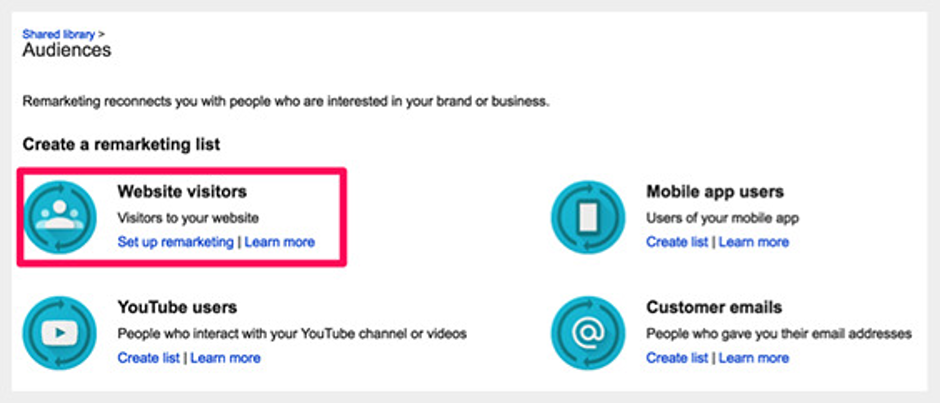
3. You will then be prompted to create an HTML "tag." similar to a
Facebook Pixel in that it is a tracking code that is added to each page
of your site that you want to track.
4. Return to the "Audiences" page, then click the red "Remarketing List"
button and choose "Website Visitors." Once you've received the
tracking code and added it to your site, the following page will allow
you to create the audience you want to target.
5. After creating your first list, Google will begin to populate it as people who
meet the criteria for that audience to visit your site.
6. When you're ready, navigate to "Campaigns," click the red "Campaign"
button, and then select "Display Network Only" to start creating your ad.
4. Send customers emails to download the App
Most email marketing platforms will allow you to create a simple form that customers can fill out to receive an email containing a link to the relevant App.
How to Increase App downloads with email
Increasing App downloads with email is a simple technique. Here is a guide to help you started:
1. Keep the email as simple as possible – Consumers' attention spans are short, their inboxes are busy, and if the message is complicated, the user may assume that the App will be complex as well. Nobody needs that. Your users will not click through if they become intimidated.
2. Make it educational – Demonstrate the value your App provides to your customers. It only takes three or four bullet points or a couple of screenshots of the App.
3. Include a clear and pertinent call to action (CTA) – Consider your message to be a sales pitch. You must make "the ask" at some point during the sales cycle. The call to action (CTA) is your request: "Here's what we have to offer, and here's what I want you to do." If the expected action is unclear or irrelevant to the user, you've failed at some point.

5. Create attractive, simple calls to action
The transition from the web to the App must be as smooth as possible. Include minimal, consistent calls to action in website links and email to download (i.e. they should all look the same and lead to the exact location). When in doubt, opt for a single prominent, bold CTA over multiple, more minor, more discrete CTAs.
If you get this part wrong, your users may become confused, or worse, abandon the idea of downloading your App entirely. Instead, make sure that every CTA looks the same and that you never have more than one type of CTA on the same page (for example, a "subscribe to our blog" button next to a button for downloading the App).
6. Track conversions
How can you tell if your efforts to convert web traffic into mobile App users are successful if you aren't tracking conversions?
The exact type of conversions you need to track will depend on the channels you're using to convert web traffic into App users; however, chances are you'll want to track at least some of the following:
● The number of people who visit your website and click on a link to the App
● The number of people who have your app downloaded to their mobile device.
● The number of people who download your App after clicking a link on your website or receiving information via email.
Bottom Line
We get it - convincing users to download your mobile App is easier said than done. However, if you have a website, you can direct some of that traffic to your mobile App. Start generating more App downloads from your company's website by implementing the strategies outlined in this post.
About the Author: Blend Commerce
Blend Commerce helps Shopify merchants get more out of their websites. Our partnerships with App and theme providers, continual training and deep understanding of Shopify technology allows us to help merchants achieve more.



